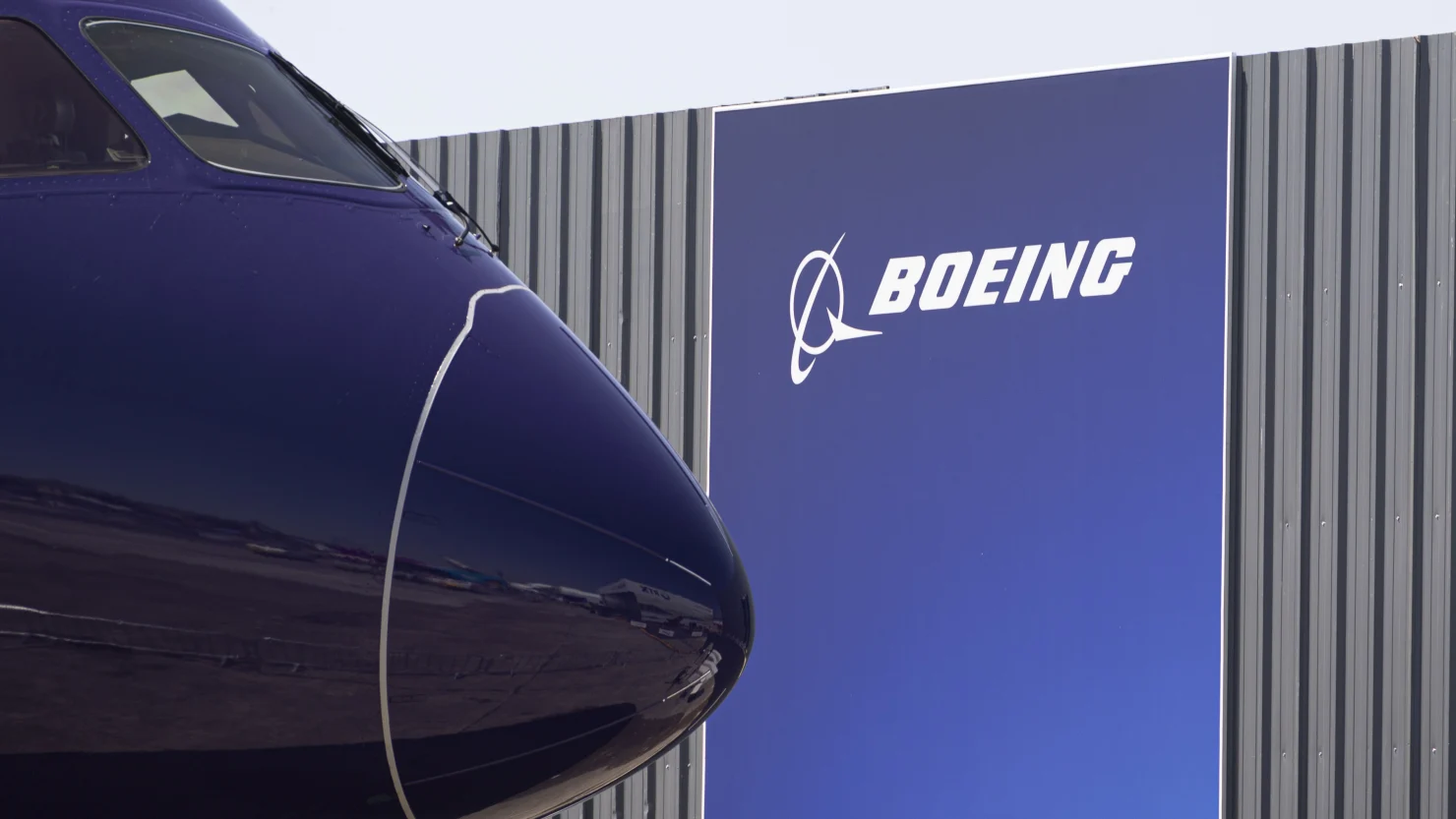Boeing significantly narrowed its second-quarter losses and posted a sharp rise in revenue, reflecting the strongest aircraft delivery numbers since 2018. The aerospace company reported a net loss of $176 million for the quarter ending June 30, a considerable improvement from the $1.09 billion loss a year earlier. Revenue climbed 35% year-over-year to $22.75 billion, exceeding analyst expectations.
Despite a $445 million charge tied to a settlement with the U.S. Justice Department over two past 737 Max crashes, Boeing’s adjusted loss per share came in at $1.24—better than the $1.48 loss expected by analysts. The charge underscores Boeing’s ongoing efforts to resolve legacy issues while pushing forward with its recovery strategy.
CEO Kelly Ortberg, who took over in August of last year, has emphasized a long-term turnaround driven by safety, quality, and operational stability. Under his leadership, Boeing has achieved more consistent production and delivery performance, earning praise even from previously critical airline executives. Ortberg expressed confidence that 2025 could be the company’s turnaround year and said Boeing aims to generate positive cash flow in the fourth quarter.
Aircraft deliveries are a key component of Boeing’s recovery, as customers typically pay the majority of an aircraft’s price upon delivery. The company delivered 150 aircraft during the quarter—the most in a second quarter since 2018, which was also the last year Boeing reported an annual profit. Commercial airplane revenue jumped 81% to $10.87 billion, and the segment’s operating loss margin improved significantly to 5.1%.
Boeing has increased monthly production of the 737 Max to 38 units, the current cap set by the Federal Aviation Administration. The company plans to work with regulators in the coming months to increase that limit, pending stability in output. However, certification for the 737 Max 7 and Max 10 aircraft has been pushed to 2026, later than previously expected, as engineers continue to address anti-ice system issues.
In addition to gains in commercial aviation, Boeing’s defense and space unit saw a 10% revenue increase to over $6.6 billion, while its services division grew 8% to $5.3 billion. Still, labor tensions may complicate progress, as a group of 3,200 workers voted down a new contract, raising the threat of a strike at one of Boeing’s key defense factories.
READ MORE:
